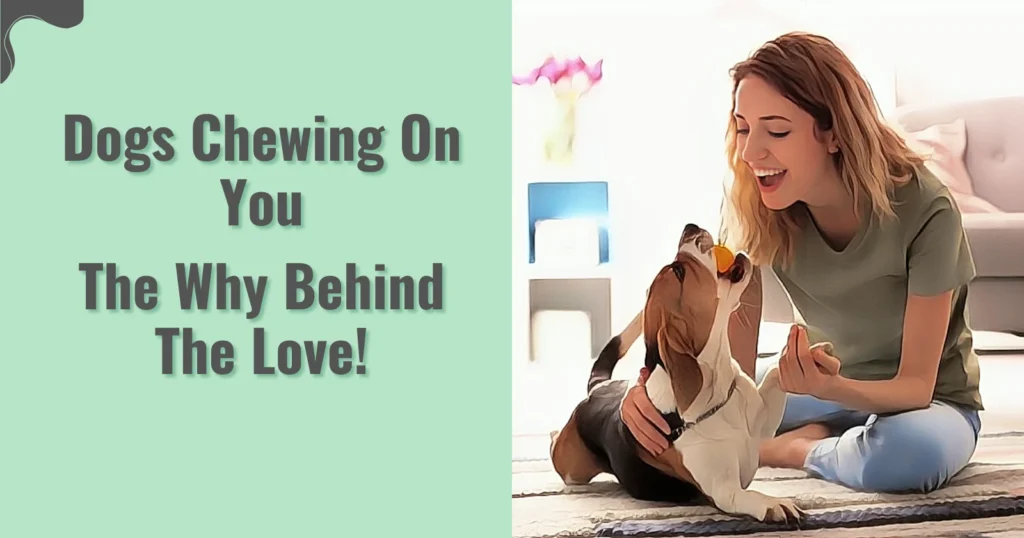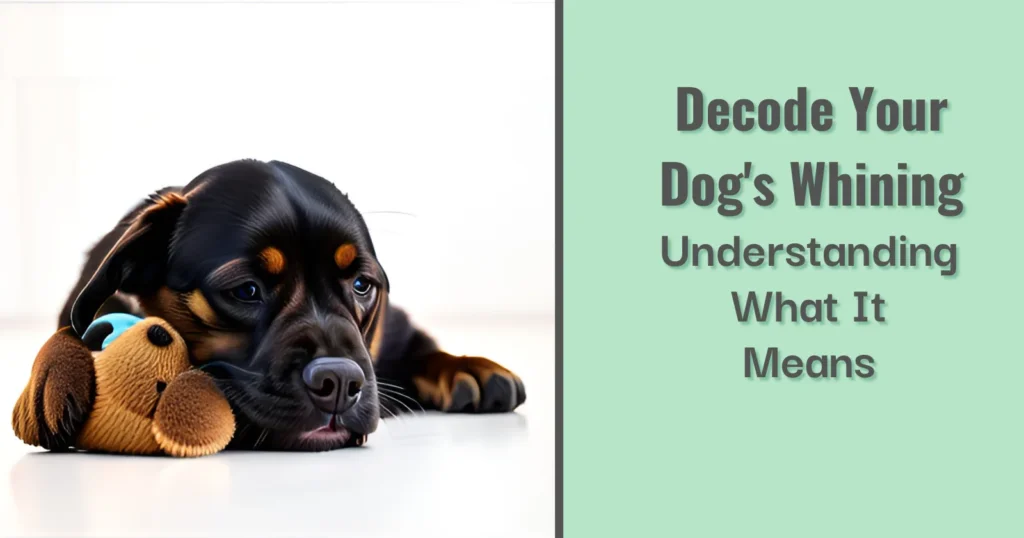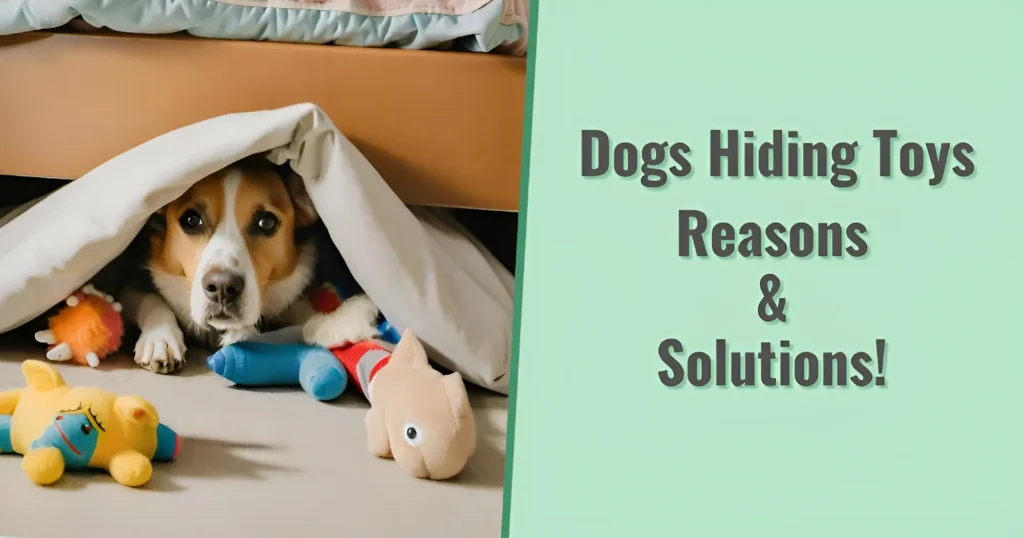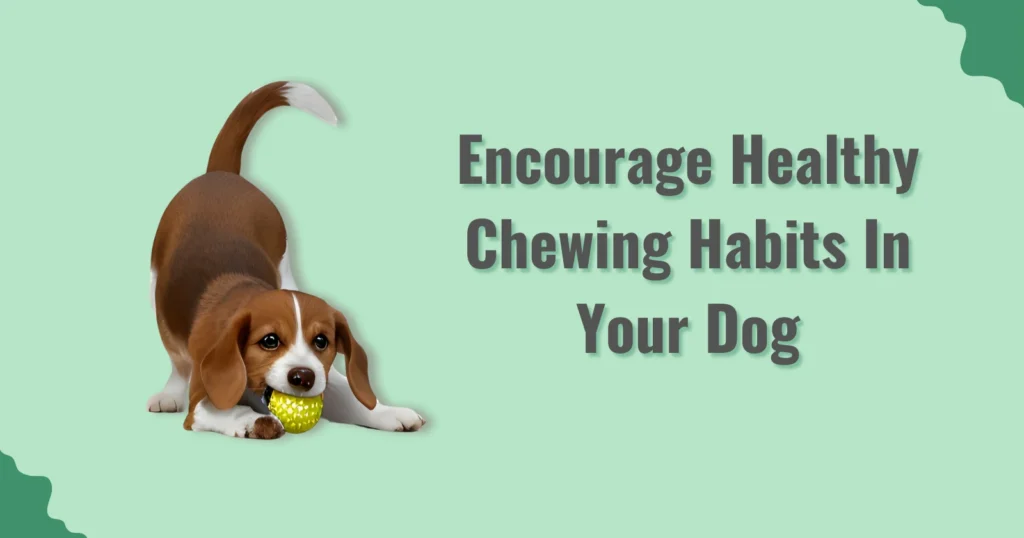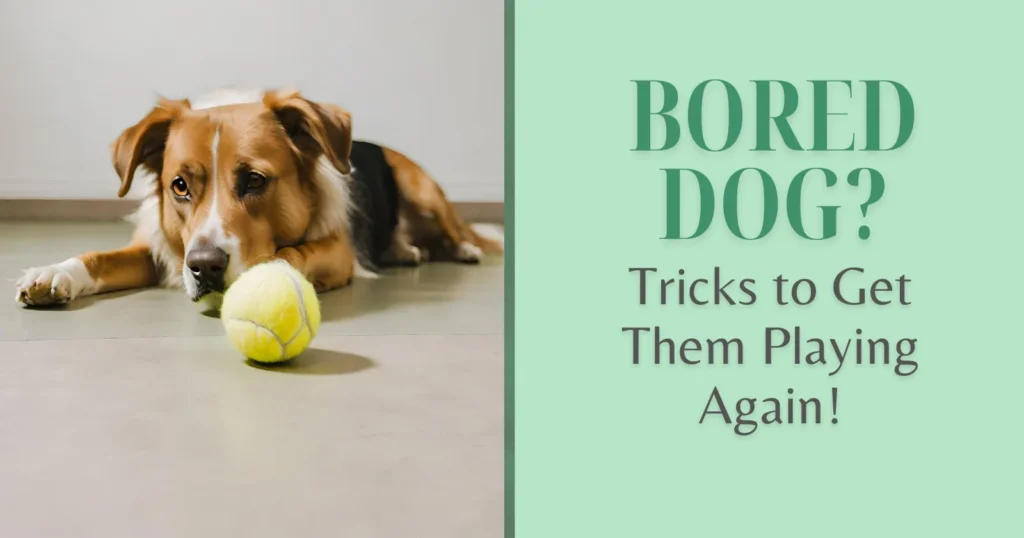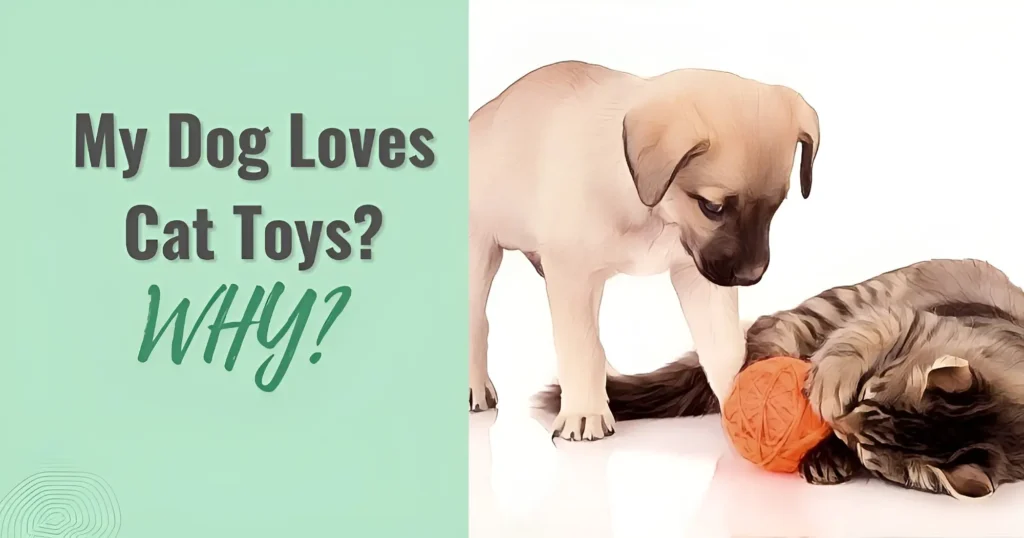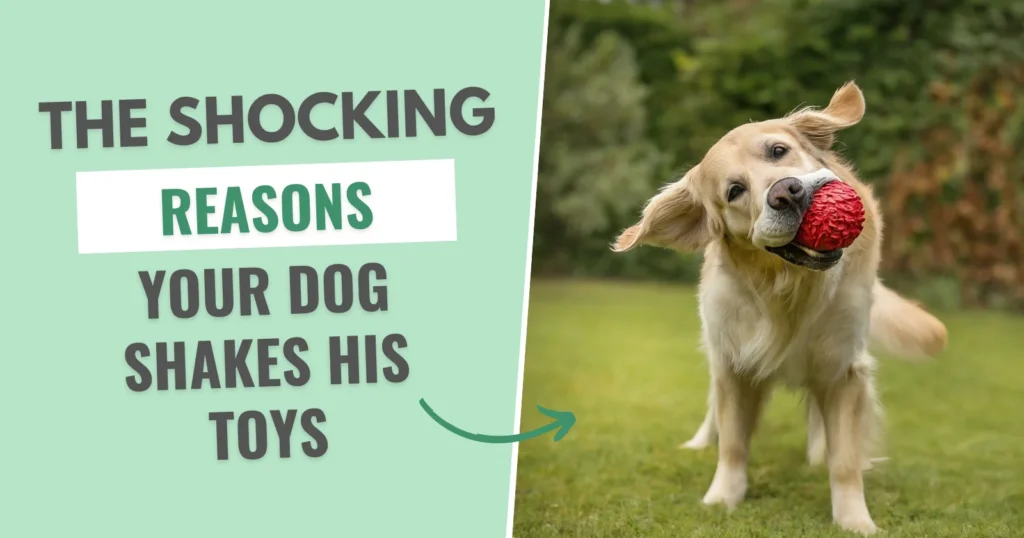To the average human eye, dogs exhibit several behaviors that might seem strange or even concerning. One such behavior is when a dog chews its toys while lying on its human. Understanding the motivations behind this behavior can strengthen the bond between you and your furry friend, ensuring their actions are met with patience and knowledge rather than frustration.
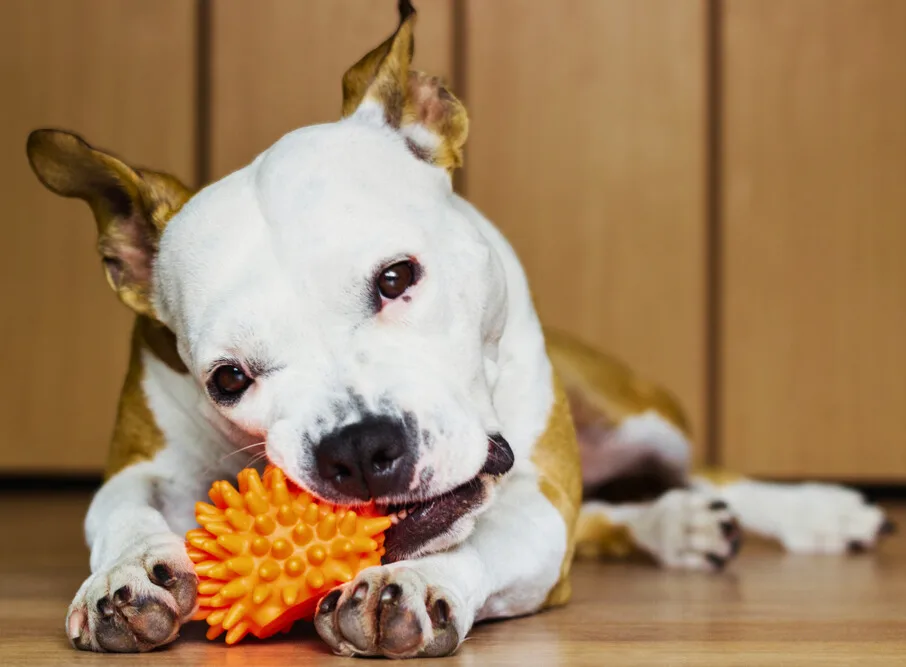

Understanding Your Dog’s Chewing Behavior
Chewing is a natural and primary act for dogs. It’s not only a means to explore their environment but also serves several vital functions in their development and well-being in the following aspects:
- Exploration: Dogs experience the world around them significantly through their mouths.
- Teething: Just like human babies, puppies chew to relieve the discomfort of teething. You may have noticed your pup whining when they are chewing their toys.
- Stress Relief: Chewing can be a coping mechanism for anxious or bored dogs.
Reasons Your Dog Chews His Toys on You
Suppose your dog is chewing his toys on you. In that case, it’s most likely that he wants attention or seeks comfort, or the behavior may have arisen from encouraging specific actions. Now, he needs help to differentiate between when and when not to follow them.
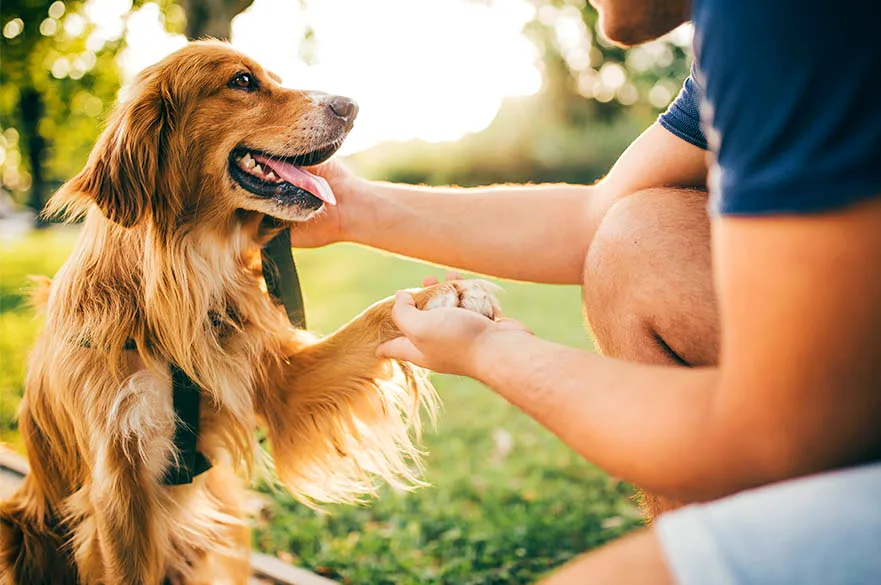

Directing your attention towards them
Dogs are inherently social creatures that thrive on interaction with their pack, which, in a domestic setting, means their human family. When your dog chews his toy on you, it could be a sign that they seek your attention or are inviting you to play. This behavior indicates their trust and comfort in your presence, seeing you as a source of security and companionship.
Seeking comfort and security
The concept of pack behavior is deeply implanted in dogs. They look to their pack leader, you, for comfort and security. By chewing their toy while on you, they’re expressing their need to be close to you, especially during moments of vulnerability like chewing, which in the wild could distract them from potential threats.
When I first brought my puppy home, he wouldn’t leave my side and continued to chew his toys while lying in my lap.
Reinforcement of certain behaviors
Sometimes, without realizing it, we reinforce certain behaviors in our dogs. If your dog has learned that chewing on you gets a reaction—be it laughter, pets, or even scolding—they might repeat the behavior for that interaction.
Note: It’s crucial to understand the difference between negative and positive attention in your dog’s eyes; to them, all attention can be good.
The Role of Toys in Your Dog’s Life
Toys are not just playthings for dogs; they serve three vital roles in their mental and physical health:
- Interactive Toys: Encourage bonding between the dog and their human.
- Chew Toys: Provide an appropriate outlet for their chewing instincts.
- Puzzle Toys: Stimulate their minds and help prevent boredom.
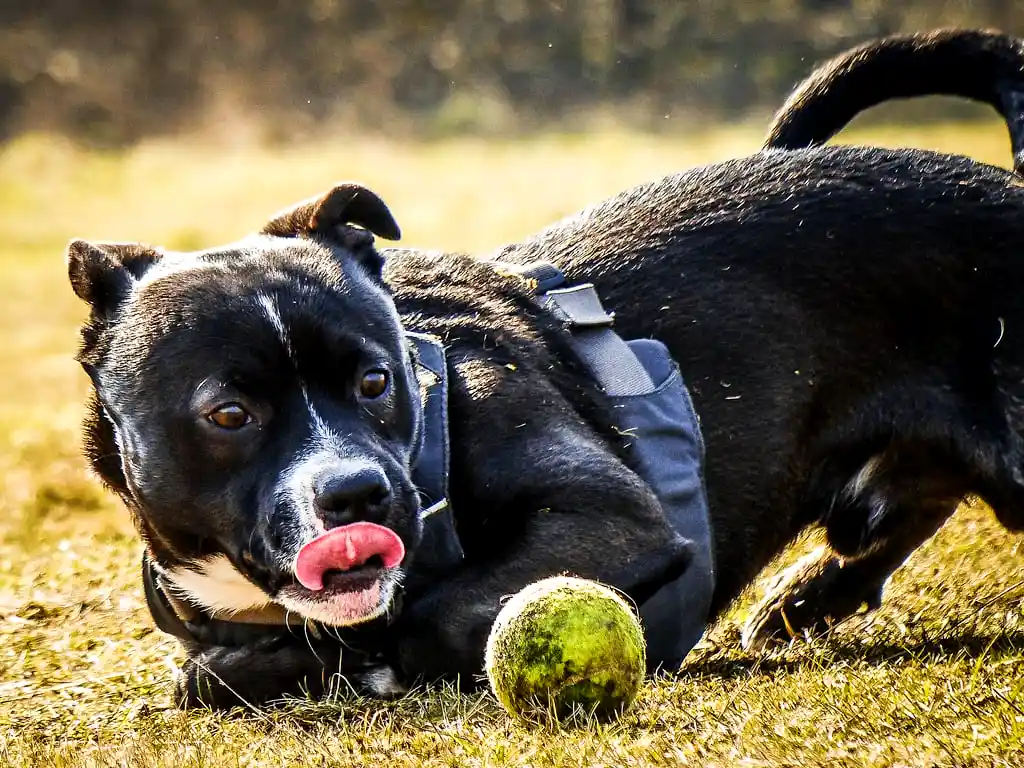

Choosing suitable toys for your dog’s size, age, and preferences is essential in fostering a healthy chewing habit.
How to Positively Influence Your Dog’s Chewing Behavior
Establishing Healthy Chewing Habits
Creating a positive chewing environment involves providing a variety of appropriate toys and establishing routines that include dedicated chewing time. This satisfies their natural instincts and prevents them from seeking out less appropriate items to chew on—like your hands or clothes.
Training and Redirecting
Training plays a crucial role in managing your dog’s behavior. Teaching commands like “leave it” or “drop it” can effectively redirect their chewing habits. When your dog chooses to chew on you, gently redirect them to a more appropriate toy and praise them for making the switch. This reinforces the idea that toys are for chewing, not people.
You can even teach them to put away their toys with proper training.
Understanding and Addressing Underlying Issues
Sometimes, chewing behaviors can stem from underlying issues such as anxiety or boredom. Identifying these triggers is crucial in addressing your dog’s needs more effectively. Providing anxious dogs with a calm and secure environment can reduce their need to seek comfort through chewing.
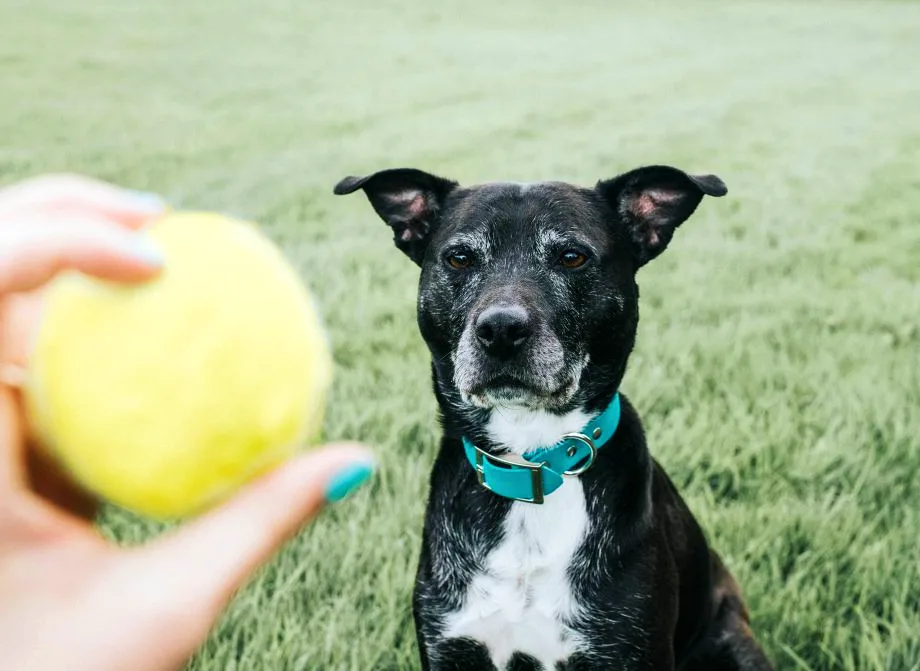

For bored dogs, increasing physical and mental stimulation through exercise and interactive play can alleviate the need for constant chewing. You only need to spend more time at the park, tire them out, and then bring them home.
Understanding why your dog chews his toys on you is a journey into their instincts and behaviors. By recognizing the motivations behind this action, you can strengthen your bond with your dog, ensuring their needs are met with empathy and knowledge. Remember, every dog is an individual, and patience, consistent training, and affection will guide you through the nuances of their behavior.

